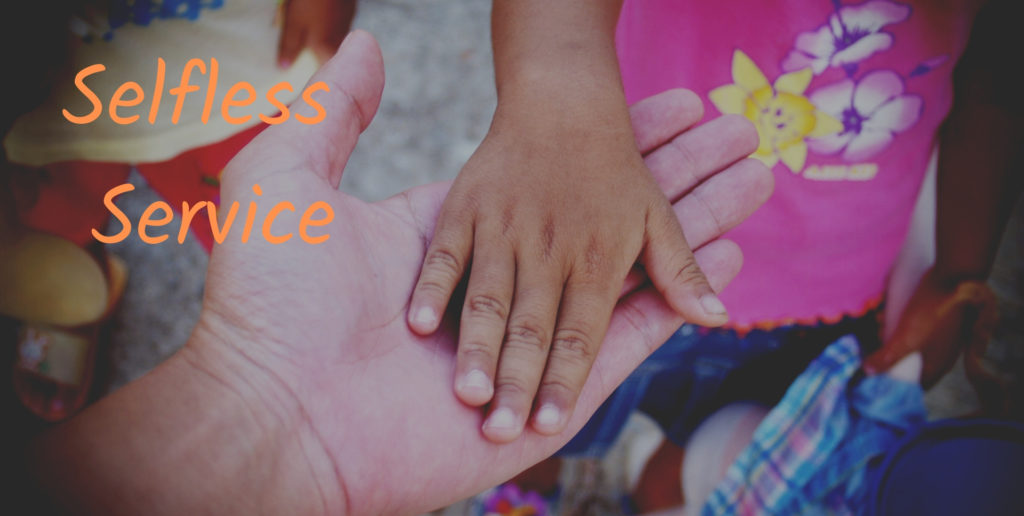By: Ipsa Patel
What comes to one’s mind when he/she hears the word “seva”? Mandir, God, work, boring, it’s for old people, ext. Seva explained as when a person voluntarily does something for somebody without expecting anything in return. Seva can be done anywhere like at a food pantry, hospital, old age houses, schools, mandir, our community, anywhere. Doing seva does not mean you have to go to mandir or any other place and stay there for 4 hours, constantly working on one thing. Doing something as simple as holding a door for an elder or handicapped or helping them carry their groceries is a small form of seva. We should do seva for our own self-interest not because somebody tells us to do it. But we all desire results from anything we do, so the main question is what are you going to get from it? Why is seva so important?
From doing seva, our negative thoughts and behaviors like jealousy, ego, arrogance can go away. Without this negativity in our minds, we can then pray to Paramguru with a pure heart. Doing something for others and not for ourselves would teach us how we can be selfless. All forms of seva are important but there is also a hierarchy with seva. Seva done at mandir directly connects us to Paramguru in the form of active bhakti because we are using our hands, feet, and mind to serve Paramguru and Kaival Karta. Seva done to help people less fortunate than us is also another high form of seva. When we help people who need it the most, that is true seva. On a little selfish note, we can make connections and learn from others while working with them and take on their good morals and values. Who knows that one day Paramguru might just come around and help us, if we do seva from a true heart.

